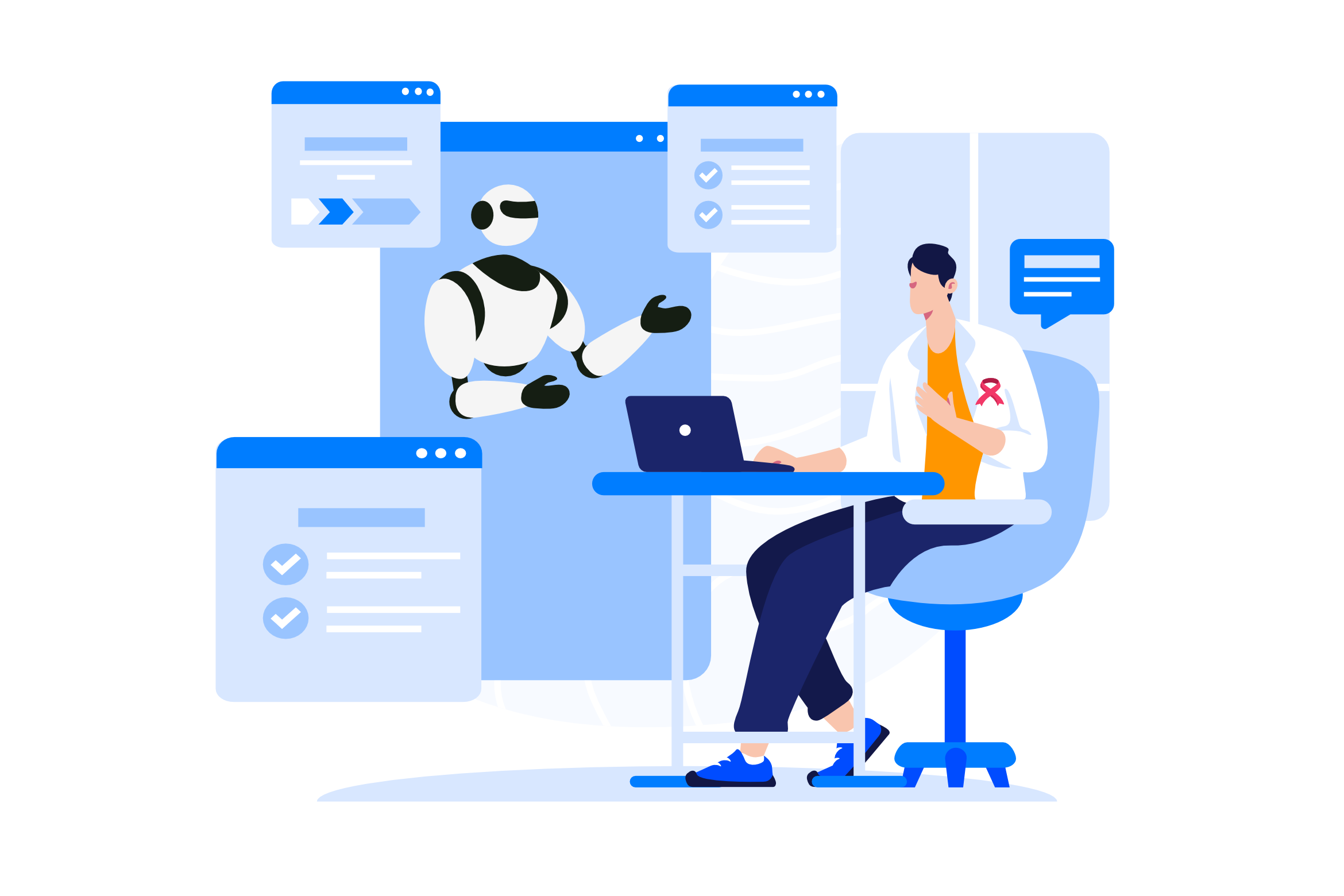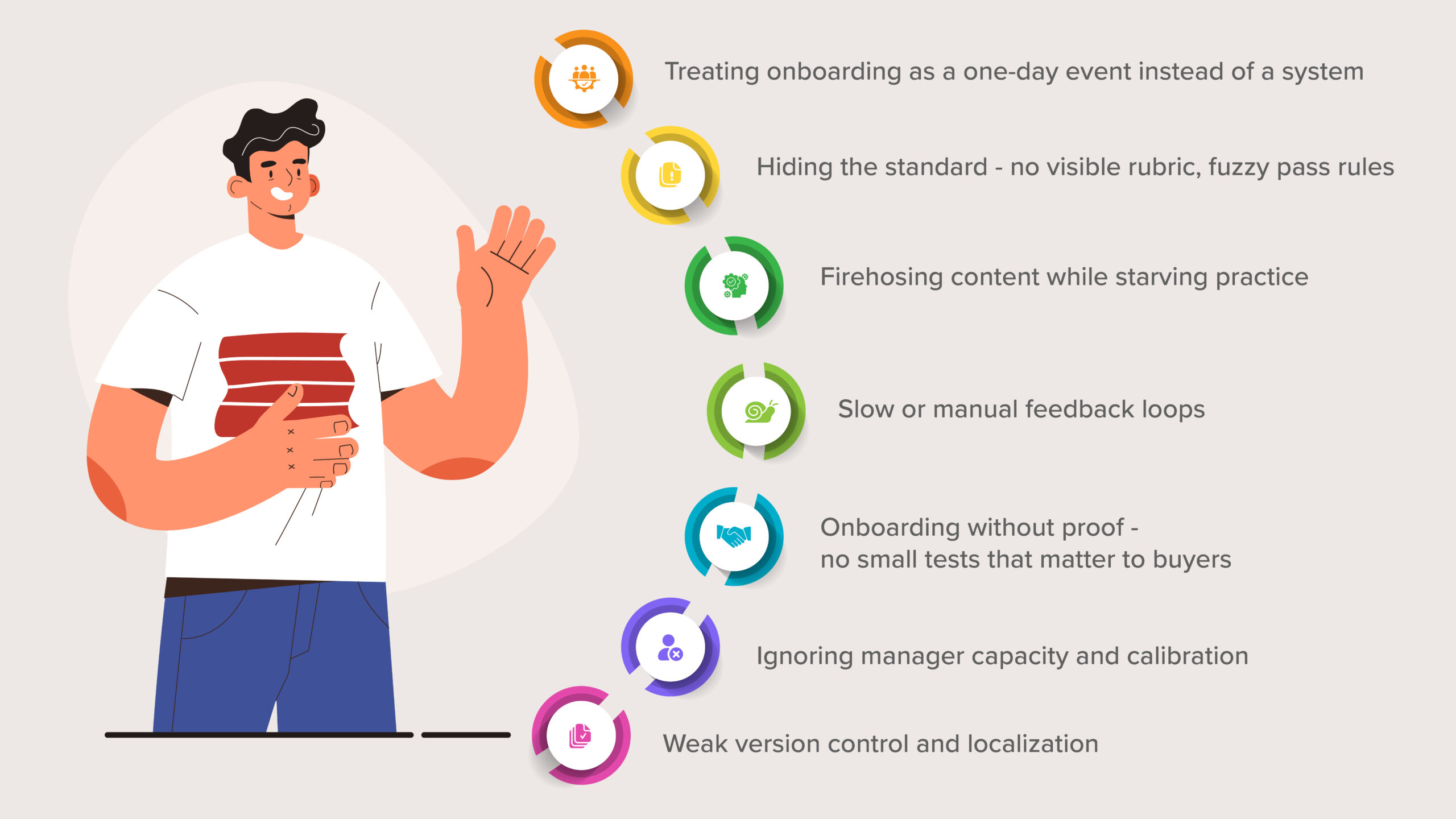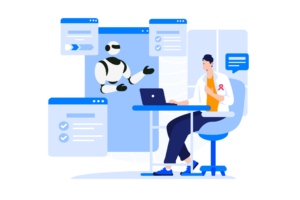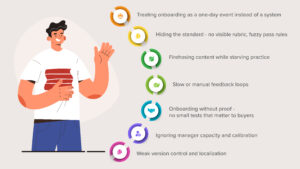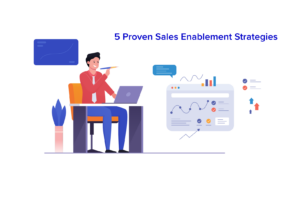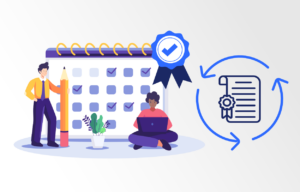The 2025 Guide to LMS + Gamification for Enterprise Sales Teams

Enterprise sales is a moving target. Messaging changes. Products evolve. Regulations tighten. What used to be a quarterly workshop now needs to be a weekly habit. The most reliable way to keep reps ready is a learning system that delivers small, frequent practice and shows leaders who is actually getting better. That is where a modern LMS with gamification for enterprise earns its keep.
This post lays out a practical blueprint. You will see the learning building blocks that work in 2025, how to connect them to everyday sales work, and how to measure progress without adding admin load. The tone is simple and direct. No fluff. The goal is better conversations with customers, sooner.
What should an LMS do for sales teams today?
A sales LMS should make learning short, targeted, and measurable. It should deliver content in the flow of work and show gaps at a glance. For global teams, it should work the same way in every region and language. If an LMS cannot do those basics, it becomes a document warehouse, not a capability system.
A strong setup includes five parts.
→Microlearning feeds so reps get only what matters this week.
→Adaptive quizzes to reinforce knowledge and surface weak spots.
→Structured paths for onboarding and product launches.
→Surveys to capture expectations and real-world blockers.
→Reports that roll up engagement, completion, and knowledge health by team and region.
SmartWinnr’s Knowledge Hub covers these parts with SmartFeeds, SmartQuiz, SmartPaths, surveys, and drill-down reports, including heat maps and multi-language delivery for global teams.
Why gamification is not sugar coating
Gamification works when it supports how people actually learn. It should reward frequent, focused effort, not just one-off events. Research in learning science shows that spaced practice improves long-term memory more than massed cramming. When training nudges reps to engage briefly and often, knowledge sticks longer and shows up on calls. A widely cited review calls the spacing effect “one of the most replicable findings in psychology.” PMC
There is also growing evidence that well-designed game mechanics improve engagement and performance, especially when they include progression, immediate feedback, and light competition. For a current overview, see Harvard Business Review’s coverage of gamified training and employee engagement.
The takeaway is simple. Keep reps engaged in short sessions by using points, levels, tournaments, and progress streaks. Pair those mechanics with sound learning design like spaced quizzing and quick practice. Do that, and the energy from gamification turns into real retention and real behavior change.
A practical learning architecture for 2025
You do not need a complicated plan. You need a steady rhythm that fits into a rep’s day.
i. Weekly microlearning
Deliver short pieces tied to launches, competitive moves, or seasonal pushes. SmartWinnr’s SmartFeeds are built for this. You can schedule content, track engagement, and send only what matters to each cohort.
ii. Spaced quizzing
Run adaptive quizzes two to three times a week and keep each session brief. The point is repetition, not endurance. SmartQuiz can personalize questions by knowledge level and return heat maps that show where to coach.
iii. Role-based paths
Onboarding should be a path, not a folder. Break it into phases with clear gates. SmartPaths supports this model and lets you reuse the same structure for every new product release.
iv. Surveys for signal
Ask for expectations up front and friction points afterward. A simple pre- and post- survey helps you refine content without guesswork.
v. Reports that leaders can read fast
Roll up completion, engagement, and knowledge trends by team and region. Use these reports in QBRs so enablement work stays tied to revenue.
Where gamification fits in that architecture
Gamification is the glue that keeps the rhythm going.
→Points and leaderboards: Reward microlearning, quizzes, and live practice. Combine results from multiple activities into one leaderboard so every effort feels connected, not scattered.
→Tournaments: Run short competitions during launches. Keep brackets simple. Give managers a live view of team rank so they can nudge participation without nagging.
→Streaks and badges: Celebrate consistency. A week of daily practice is more valuable than one marathon day. SmartWinnr’s gamification setup supports points, badges, and levels tied to actual learning, not vanity clicks.
Well-run programs also align competitions with business goals, like a new indication or a risk-language refresh. That alignment keeps the game meaningful and the results defensible.
How to integrate field coaching without losing momentum
Classroom training is not the enemy. It is just not enough. Pair your LMS and gamification with light but regular field coaching. Use a standard form, capture quick notes, and roll them into the same dashboard where learning scores live. SmartWinnr’s coaching module supports custom forms, an annual planner, and simple subjective feedback so joint visits turn into repeatable coaching moments.
This creates a clean loop. Learn a bit. Practice a bit. Get feedback. Repeat. It is the same philosophy McKinsey pushes in its capability building work: sustain skills and link learning to performance, not just attendance.
Metrics that actually matter
Avoid vanity dashboards. Track signals that help managers act.
→Participation rate: Track who is maintaining the weekly rhythm.
→Knowledge heat maps: Where teams are missing the message.
→Time to certification: How long until a rep can handle core conversations.
→Coaching lift: How scores move after a manager’s touch.
→Field correlation: Measure stage conversions or run quality audits tied to a specific initiative.
SmartWinnr reports include team and region breakdowns, engagement, completion, and knowledge trends. That gives leaders the context they need in one place.
If you want a deeper evidence base for why frequent practice beats one-time pushes, read the original spacing-effect work in Psychological Science and the open-access review on PubMed Central.
A sample 90-day plan you can copy
This plan assumes a large, distributed team in a regulated market.
Days 1–30: Establish the rhythm
→Stand up SmartFeeds for launch updates and competitive intel.
→Release two short SmartQuiz sessions per week.
→Start a simple leaderboard that combines quiz scores and content completion.
→Run a pre-training survey and adjust content in week two.
Days 31–60: Add certification and coaching
→Publish a role-based path for onboarding or the new indication.
→Define a pass threshold and publish the rubric so expectations are clear.
→Start weekly manager touches with a simple coaching form.
→Display exemplar clips alongside scores when running AI roleplays.
Days 61–90: Scale and refresh
→Launch a short tournament tied to a specific business objective.
→ Add a streak badge for daily practice sessions completed during the tournament period.
→Review heat maps and cut or rewrite content that is not landing.
→Present the story in your QBR. Use time-to-pass and coaching lift, not just completion.
How SmartWinnr’s LMS and gamification work together
SmartWinnr’s Knowledge Hub was designed for sales teams that need speed and scale.
→SmartFeeds deliver targeted microlearning and track engagement in real time. You can schedule content, push videos and collateral, and keep everything accessible on mobile, including offline when needed.
→SmartQuiz adapts to each rep and returns heat maps by team and region. Leaderboards, points, and badges are built in, so practice stays consistent.
→SmartPaths create reusable journeys for onboarding and launches, so you do not rebuild the wheel every quarter.
→Surveys and reports keep feedback tight and visible. You can see completion, engagement, and knowledge health by business unit or country and compare improvement over time.
→Gamification ties it all together with competitions, team and individual leaderboards, and automated updates to managers. Scores can combine activity from learning, coaching, and even field metrics, so the picture stays complete.
If you also run AI roleplays, the same philosophy applies. Short sessions, clear rubrics, and visible thresholds. Roleplays can live beside microlearning and quizzes. That keeps the experience unified for reps and simpler for managers to coach.
Common pitfalls to avoid
→Too much content at once. Keep the feed lean. Only push what matters for the week.
→Quizzes that are too long. Aim for five to eight items. Give quick feedback and move on.
→Leaderboards that ignore quality. Include the certification gate and knowledge score. Do not reward clicks.
→No localization. Translate critical items and set language rules by country, not by guesswork. SmartWinnr supports multi-language content and controlled sharing to customers when policy allows.
How to prove value without a research project
You can show results in one quarter with simple math.
→Time to certification before the program versus after.
→Average knowledge score by skill and region before and after.
→Manager time saved if you replace manual grading with automated scoring.
→Field correlation for a specific push. For example, the quarter you launched the path, check movement at the stage the training supports.
If you need a narrative for executives, Harvard Business Review has a recent summary on why gamified learning can drive performance when designed with progression, feedback, and fair competition. Use that article in your pre-read. Harvard Business Review
FAQ's
Two or three microlearning items and two quick quizzes are enough for most teams. The goal is steady repetition, not long sessions. The spacing literature supports this cadence for retention that lasts.
Points tied to real tasks, a simple leaderboard that mixes learning and certification, and a short tournament during launches. Streaks help build a habit. Keep rules obvious so reps focus on content, not mechanics.
Automate what can be automated. Use adaptive quizzes and clear pass thresholds. Review the heat map once a week and coach where scores are low. Keep field coaching notes light and standardized.
Time to certification, average knowledge score by skill, and one field correlation that matters for the quarter. Use trend lines, not one-off snapshots. For a management lens on capability building, see McKinsey’s guidance on linking learning to performance. McKinsey & Company
Enable offline access for the documents that matter and control storage, so devices do not get overloaded. SmartWinnr’s Knowledge Hub supports selective offline access and secure sharing when policy allows.
Closing thought
The formula that works in 2025 is plain. Deliver small, targeted learning. Reward steady effort. Show managers exactly where to coach. When your LMS and gamification work together, readiness improves without extra meetings and reps bring stronger conversations to customers.
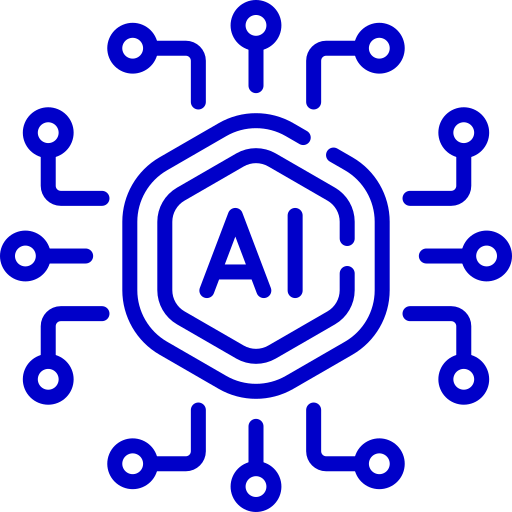 Two way AI Role Plays
Two way AI Role Plays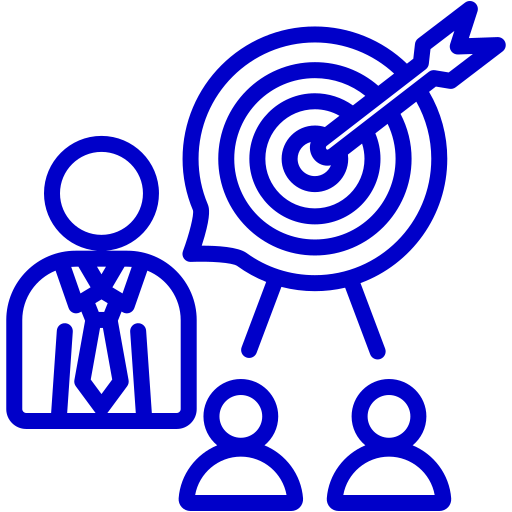 Targeted Learning
Targeted Learning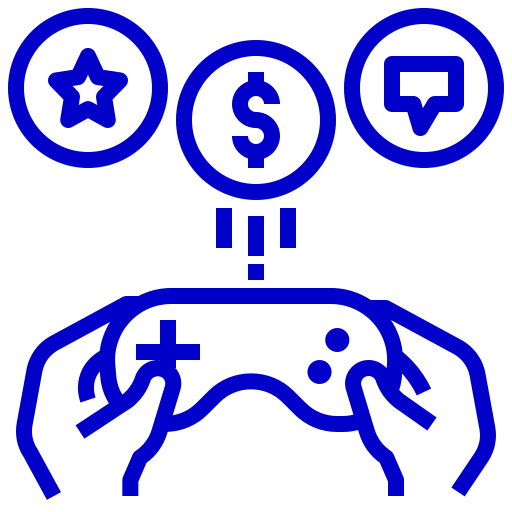 Gamification
Gamification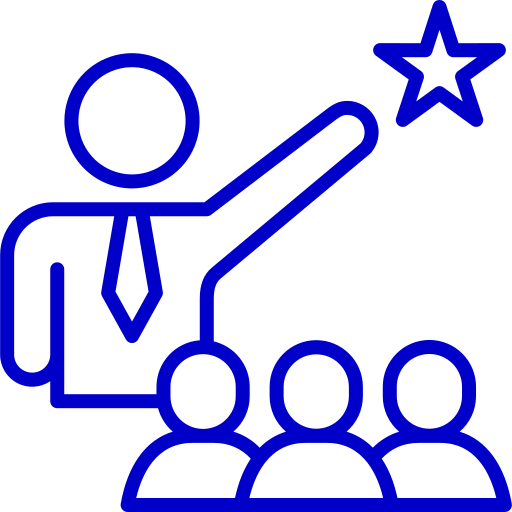 Sales Coaching
Sales Coaching Sales Contest
Sales Contest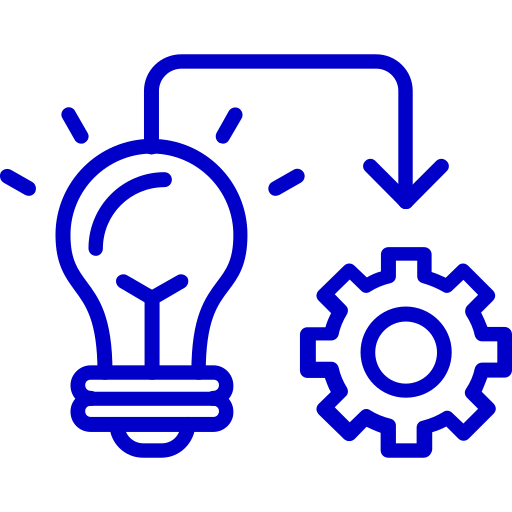 Implementation
Implementation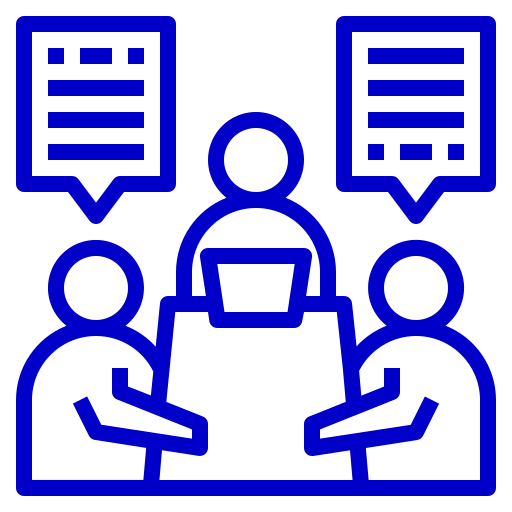 Consulting
Consulting Enterprise Ready
Enterprise Ready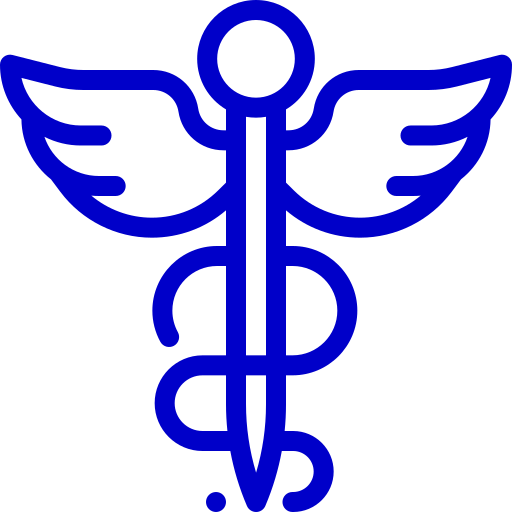 Pharmaceuticals
Pharmaceuticals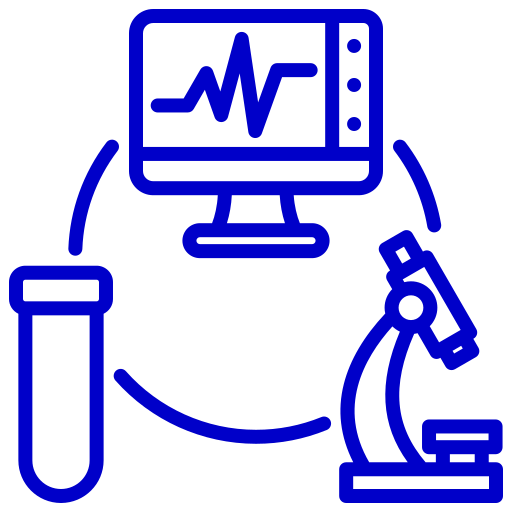 Medical Devices
Medical Devices Insurance
Insurance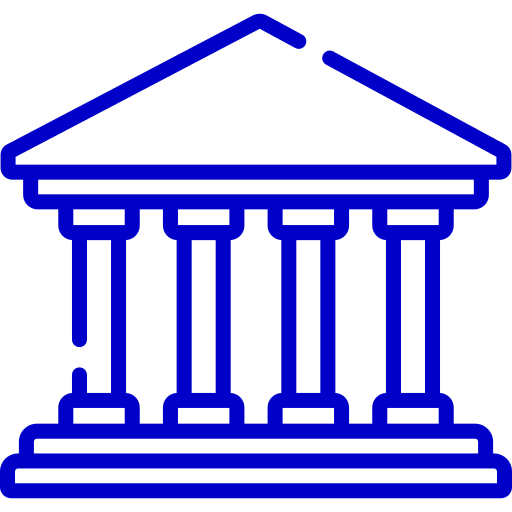 Banking
Banking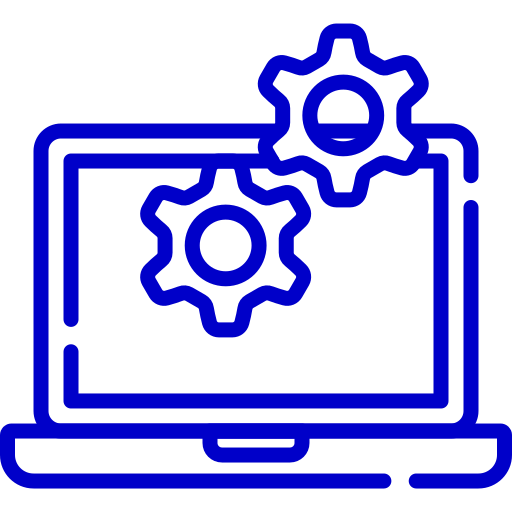 Technology
Technology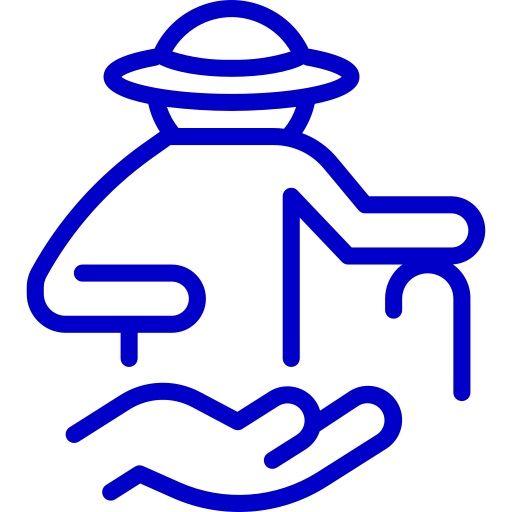 Senior Living
Senior Living Sales
Sales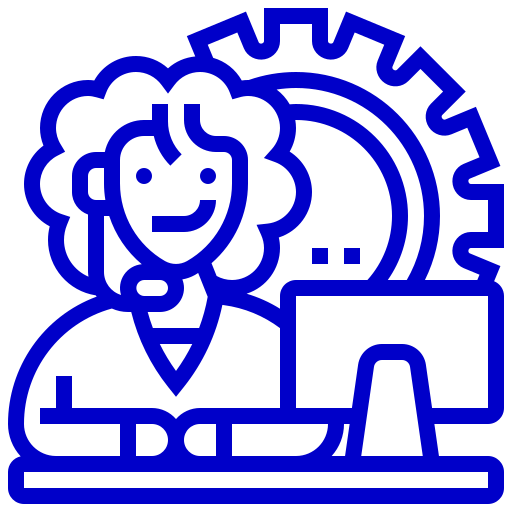 Call Centers
Call Centers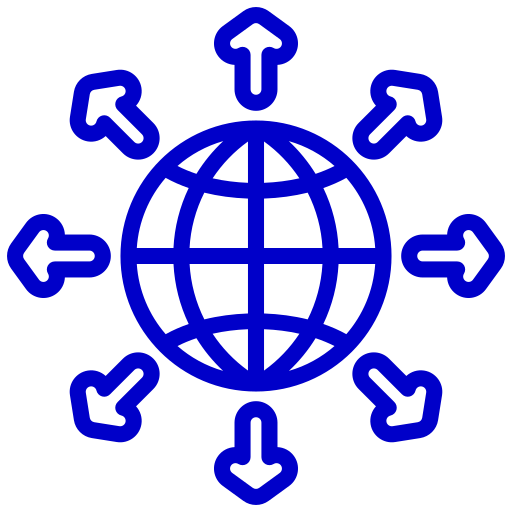 Marketing
Marketing Improve Sales Productivity
Improve Sales Productivity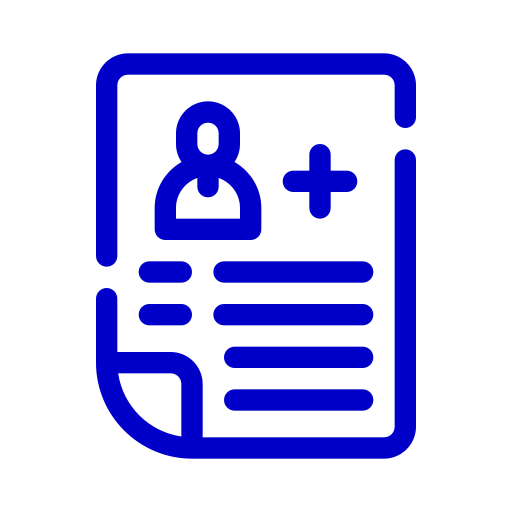 New Hire Onboarding
New Hire Onboarding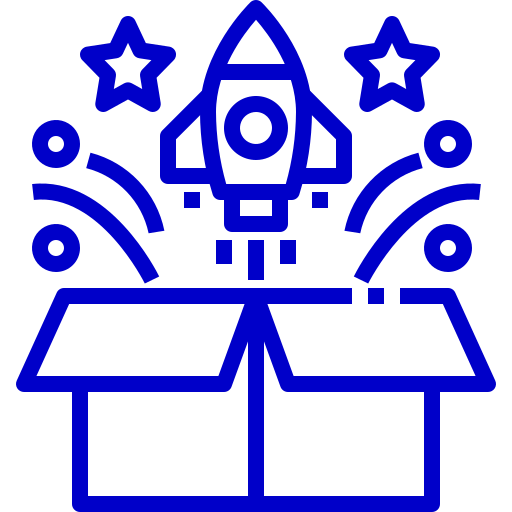 New Product Launch
New Product Launch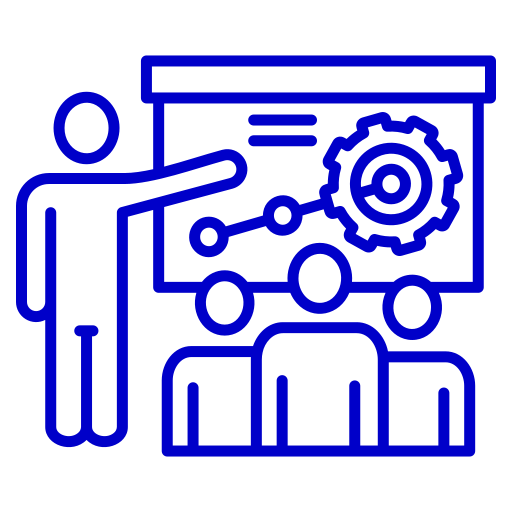 Channel Partner Training
Channel Partner Training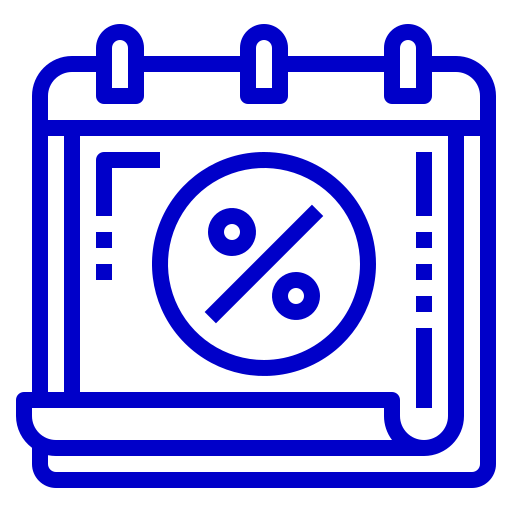 Sales Events
Sales Events Success Stories
Success Stories Whitepapers and eBooks
Whitepapers and eBooks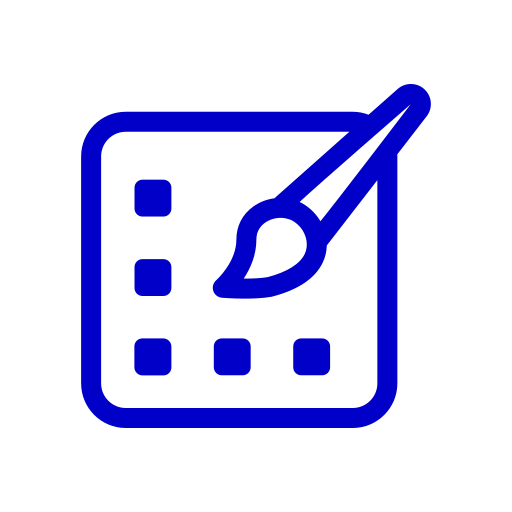 Contest Template Designer Tool
Contest Template Designer Tool Sales Training
Sales Training Gamification
Gamification All Blogs
All Blogs